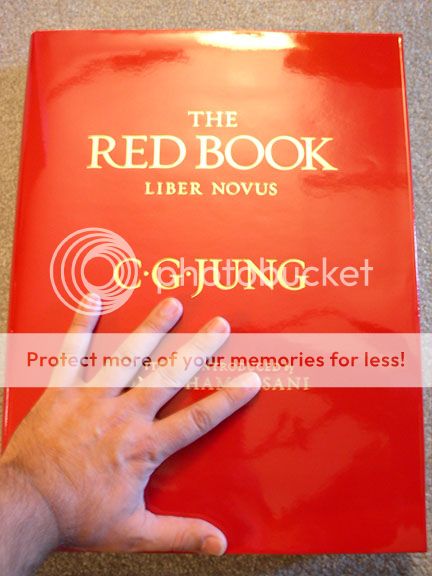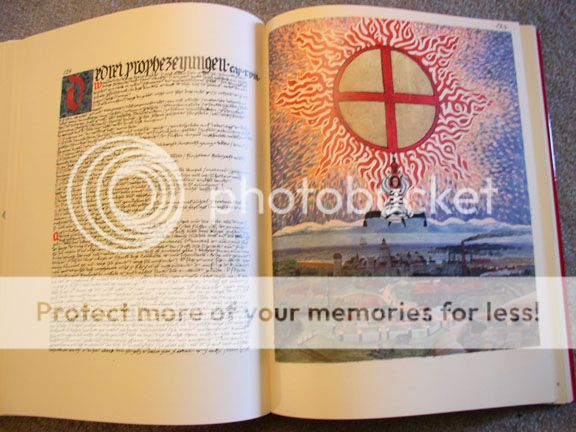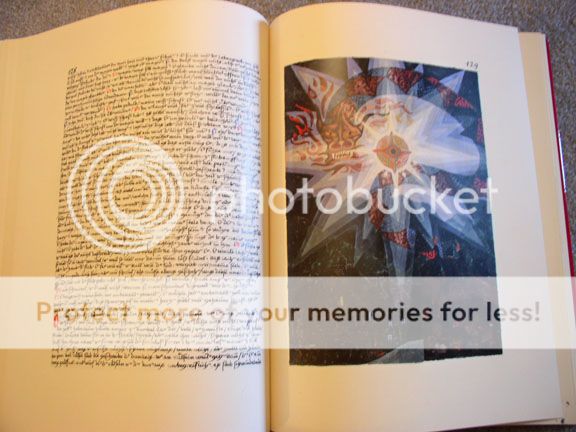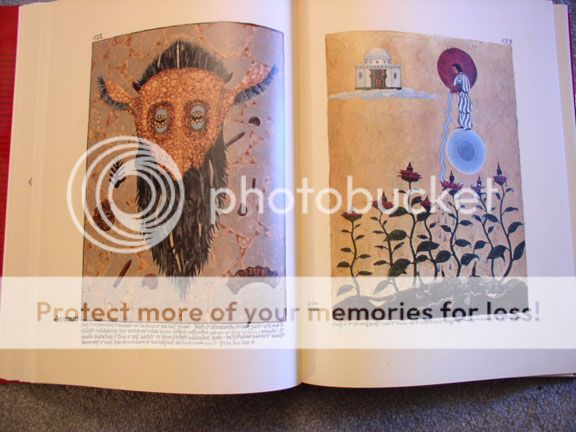I agree, I was a bit iffy about it being a trilogy and still am but I loved it so far. I just hope it keeps this up.I started reading the Fellow ship of the ring last month and started the Hobbit the other day. I just saw the movie last night i thought it was really good but not a fan that they are making it 3 parts should only be one or 2. just trying to squeazze more movie. but i liked the acting and character development so far in the story.
You are using an out of date browser. It may not display this or other websites correctly.
You should upgrade or use an alternative browser.
You should upgrade or use an alternative browser.
What book are you reading?
- Thread starter Mime454
- Start date

Help Support Mantidforum:
This site may earn a commission from merchant affiliate
links, including eBay, Amazon, and others.
Mime454
Well-known member
He was named after a swimming pool. http://en.wikipedia.org/wiki/Piscine_MolitorIn French, "piscine" means "swimming pool" XD
ShieldMantid1997
Well-known member
Rereading The Hobbit before i see the movie, 20 more pages 
Mime454
Well-known member
I switched to "The Amber Spyglass" a few days ago. This one is so sad, but so great. Once again, can't recommend these enough.
Introvertebrate
Well-known member
Crichton directed the movie too. It was okay.I am on a Micheal Crichton stint right now. Just finished up the great train robbery. I intent to read micro next.
Last edited by a moderator:

$12.99 ($0.03 / Count)
Predator Foods Bulk Live Mealworms - 500 Count (Small - ~.25")
Predator Foods

$13.95 ($0.14 / Ounce)
$15.95 ($0.16 / Ounce)
Fresh Mealworms 8.4 oz (1600 Count Total, 12 Bags) Superior to Live Mealworms - Premium Food for Leopard Gecko, Exotic Bird Food, Sugar Glider Food, Hedgehog Food -High Nutritients, No Preservatives
Amzey Inc

$14.99 ($0.47 / Ounce)
Fresh Fruit Fly Culture (Drosophila Hydei) - Praying Mantis Mantid Frog Lizard Food - 32oz Cup
Surmen Legacy

$15.99
$19.99
RESTCLOUD Insect and Butterfly Habitat Cage Terrarium Pop-up 23.6 Inches Tall
Restcloud

$29.99 ($0.15 / Ounce)
TC INSECTS . 200+ XS Red Runner Live Roaches Food for Dart Frogs Praying Mantis Spiders Small Lizard Tropical Fish (1/16-1/4 in)
TC INSECTS

$49.99 ($0.25 / Ounce)
TC INSECTS . 1000+ XS Red Runner Live Roaches Food for Dart Frogs Praying Mantis Spiders Small Lizard Tropical Fish (1/16-1/4 in)
TC INSECTS

$12.49 ($0.02 / Count)
Predator Foods Bulk Live Mealworms - 500 Count (Medium - 0.5")
Predator Foods

$79.95 ($1,279.20 / lb)
4Pack Fruit Fly Culture Live Flightless Gecko Spider Lizard Dart Frog Praying Mantis Food
Creation Cultivated

$2.99
Praying Mantises pets. Praying Mantis Guide for Owners. Praying Mantis care.
Amazon.com Services LLC

$39.95 ($1.25 / Ounce)
Creation Cultivated 32oz Fruit Fly Culture - Live Feeder Insects for Praying Mantis, Jumping Spiders, Geckos, Lizards, Dart Frogs (Drosophila Hydei Flightless)
Creation Cultivated
Bug Trader
Well-known member
I just finished reading World War Z, before this one it was Max Brooks prequal to this The Zombie Survival Guide.....I favor the apocalyptic stuff.
Michael
Michael
Golden State Vivs
Well-known member
I've been working on On the Origin of Species by Means of Natural Selection, or the Preservation of Favoured Races in the Struggle for Life. Also just started Identifying and Harvesting Edible and Medicinal Plants in Wild (and Not So Wild) Places, a Christmas gift and fantastic read btw.
Mime454
Well-known member
I read the version abridged by Richard Dawkins(all the stuff now revealed to be inaccurate is removed), I love Evolution, but I found the Victorian prose pretty hard to follow.I've been working on On the Origin of Species by Means of Natural Selection, or the Preservation of Favoured Races in the Struggle for Life.
I'm on micro now, his last novel apparently.I am on a Micheal Crichton stint right now. Just finished up the great train robbery. I intent to read micro next.
Yeah his last full one I think.I'm on micro now, his last novel apparently.
Mime454
Well-known member
I'm now reading Brian Greene's The Hidden Reality: Parallel Universes and the Deep Laws of the Cosmos. But I'm looking for a good fiction book too, so I'm open to recommendations.
Mime454
Well-known member
You guys either aren't reading enough or not posting enough! I just started and finished Lyra's Oxford by Philip Pullman. Very short book, wish it were longer. On to another fiction book.
Bug Trader
Well-known member
I spent the last 2 hrs reading Alice and Wonderland......................................................
patrickfraser
Well-known member
I never liked reading. I prefer to infect others by my writing. Readers are too easily manipulated. :smarty:
Precarious
Well-known member
Mime454
Well-known member
Precarious, the books that you list are often not for sale. 
That book looks shall we say "interesting"....I'm reading The End of All Evil by Jeremy Locke. Short and powerful.
Precarious
Well-known member
There is a reason for that. Not too long ago information was controlled by the publishing houses. If they didn't want your information made available they would simply refuse to publish your book. That still goes on to some extent only now instead of full out suppression authors or organizations can do small print runs privately and still sell publicly over the internet and even through mega-outlets like Amazon. And, of course, the internet makes most formerly inaccessible knowledge available to all.Precarious, the books that you list are often not for sale.
es·o·ter·ic
adjective
1. understood by or meant for only the select few who have special knowledge or interest.
2. belonging to the select few.
3. private; secret; confidential.
4. (of a philosophical doctrine or the like) intended to be revealed only to the initiates of a group.
I have some books that the elites would not like you to read. For instance, Extraordinary Popular Delusions And The Madness of Crowds by Charles MacKay. The book was first published in 1841 and suppressed shortly after. Very recently, when demand for the original was too great to ignore, publishers produced redacted copies with the banned information removed. So don't be fooled by the number of available editions out there. That is to confuse you from finding the real deal. I have the hard cover 1932 edition by L.C. Page & Company, one of the last printings of the full text. May be a newer small press version out there since I bought my copy.
You can also look to Tragedy & Hope: A History of the World in Our Time by Carroll Quigley (1966). The elites nearly soiled their dainty panties when he openly exposed much of what they had struggled for hundreds of years to keep secret. That is now back in print.
http://en.wikipedia.org/wiki/Carroll_Quigley
"The powers of financial capitalism had [a] far-reaching aim, nothing less than to create a world system of financial control in private hands able to dominate the political system of each country and the economy of the world as a whole. This system was to be controlled in a feudalist fashion by the central banks of the world acting in concert by secret agreements arrived at in frequent private meetings and conferences."
-- Quote from Carroll Quigley's Tragedy and Hope, Chapter 20
"There does exist, and has existed for a generation, an international Anglophile network. I know of the operations of this network because I have studied it for twenty years and was permitted for two years, in the early 1960's, to examine its papers and secret records. I have no aversion to it or to most of its aims and have, for much of my life, been close to it and to many of its instruments. I have objected, both in the past and recently, to a few of its policies ... but in general my chief difference of opinion is that it wishes to remain unknown, and I believe its role in history is significant enough to be known."
-- Quote from Caroll Quigley's Tragedy and Hope, Chapter 65
Also have some great classic esoteric works such as:
The Secret Teachings of All Ages : An Encyclopedic Outline of Masonic, Hermetic, Qabbalistic, and Rosicrucian Symbolical Philosophy by Manly P. Hall
My biggest hardbound tome at 20"x13"! You literally need a lectern or pedestal to rest it on. Beautifully illustrated throughout. A classic work not to be missed.
Suggestive Inquiry into the Hermetic Mystery by Mary Anne Atwood
All original 1918 copies were bought back by the author and burned after she realized she'd revealed too much.
The Red Book by C. G. Jung
Another big hardcover at 16"x12". Consists of Jung's original notes as psychology was explained to him by his spirit guide. Filled with his paintings inspired by encounters with this supernatural being. Most people, even students of Jungian psychology, have no idea about the source of his system. It was not a rationally devised model of the psyche, but revealed information.
The most influential unpublished work in the history of psychology. When Carl Jung embarked on an extended self-exploration he called his “confrontation with the unconscious,” the heart of it was The Red Book, a large, illuminated volume he created between 1914 and 1930. Here he developed his principle theories—of the archetypes, the collective unconscious, and the process of individuation—that transformed psychotherapy from a practice concerned with treatment of the sick into a means for higher development of the personality.
While Jung considered The Red Book to be his most important work, only a handful of people have ever seen it. Now, in a complete facsimile and translation, it is available to scholars and the general public. It is an astonishing example of calligraphy and art on a par with The Book of Kells and the illuminated manuscripts of William Blake. This publication of The Red Book is a watershed that will cast new light on the making of modern psychology.
212 color illustrations.




Last edited by a moderator:

























